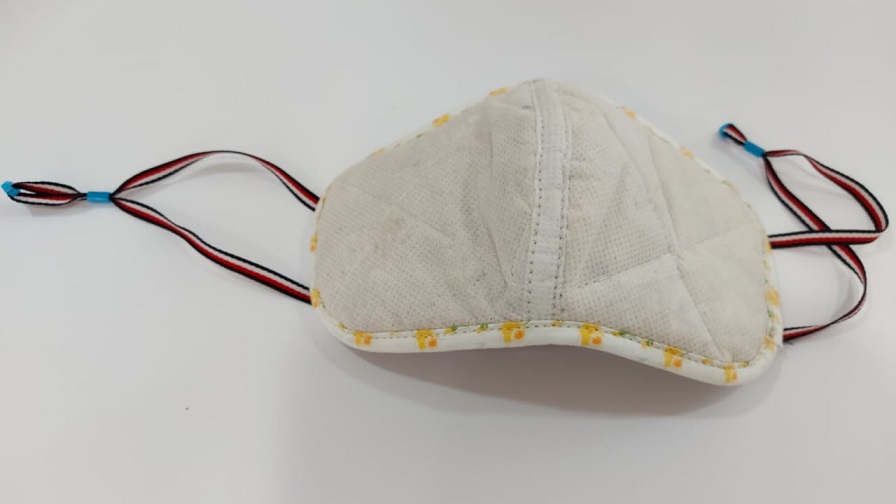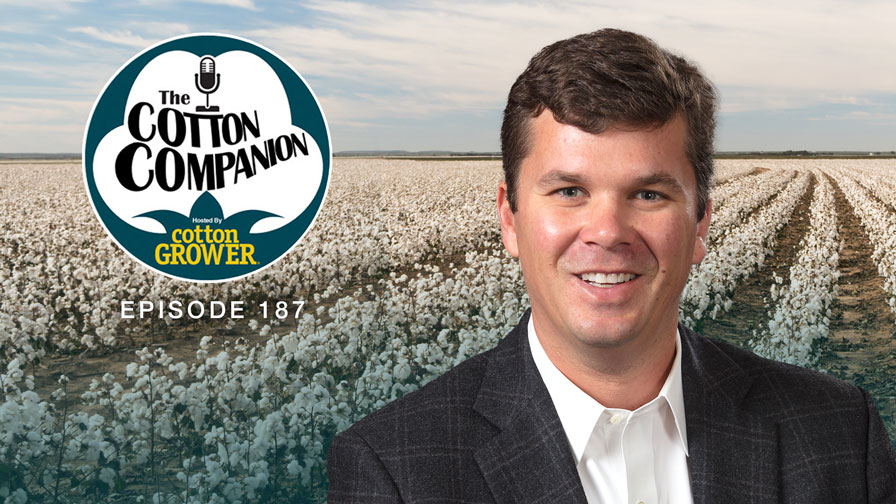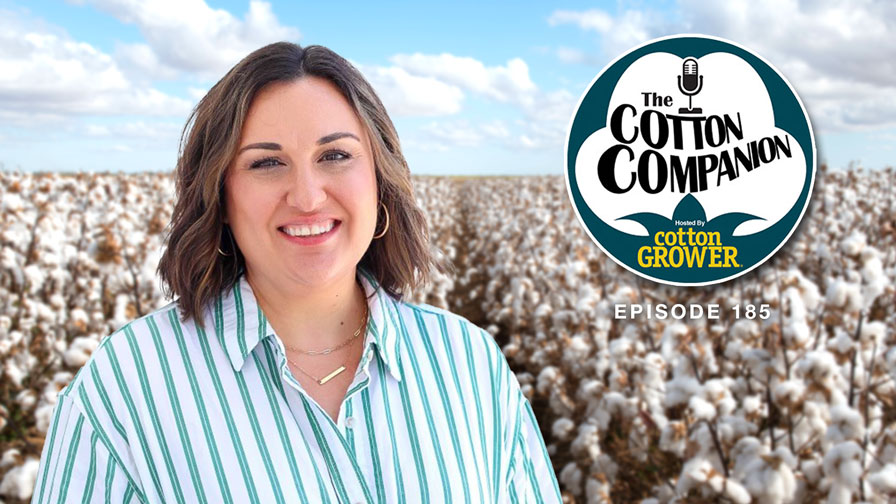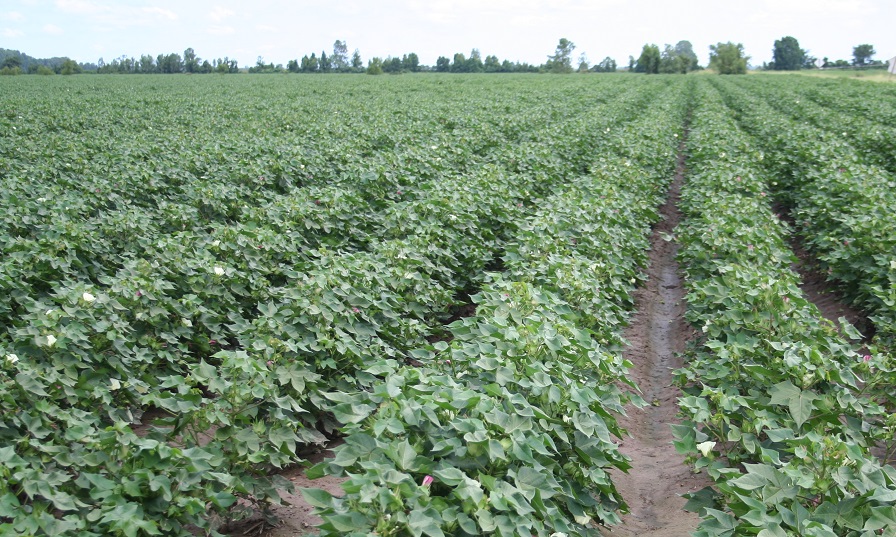Globalization of Cotton Classification
If you needed any evidence of the volatility of the cotton market, you only needed to be in this business the past two years. By all accounts, however, things are now looking up for cotton. Some are projecting cotton consumption over the next 10 years to increase to somewhere near 140 million bales, an increase of approximately 36 percent over the 102.7 million-bale production projection by the United States Department of Agriculture (USDA) as of December 14, 2009.
Additionally, experts agree that one of the driving factors in the cotton price increase in the past few months has been the projected widening gap between production and consumption of 11.8 million bales for the 2009-10 crop year. So what does this have to do with global cotton classing? It is all about money.
The cotton marketing challenge is to get the best price for the cotton being sold. However, in this age of information, the quality and reliability of the information used to trade cotton is not as good as it could be. The price of cotton has always been a function of its physical properties in addition to supply and demand. Historically, and still in many parts of the world, cotton is classed by a human classer primarily for staple length and grade. Between countries, the definitions and standards used will be different.
One only has to look at an International Cotton Association Cotton Value Difference Circular to see the difference in grade designations to understand that the whole world is not speaking the same language when it comes to a key component of cotton price determination. Further, manual classification methods are coarse and subjective, which does not give enough resolution of the critical fiber properties required to determine market value.
However, using USTER HVI (High Volume Instrument) for cotton classing, it is possible to get a more accurate determination of market value. As an example, in 1991, in a meeting between USTER and Uzbekistan government officials, it was estimated, using their data, that they were realizing a loss of $200 million (U.S.) due to lack of USTER HVI classification, which translates to approximately $40 per bale. In 2006, the Uzbekistan government classing organization, SIFAT, estimated a one grade improvement of their cotton versus 1999 when they first implemented USTER HVI classification. By one estimate, this one grade improvement translates into an approximately $112 million increase in annual crop value (the estimated gain from 1999 to 2009 is over $1 billion).
The early adopters of instrument cotton classification to purchase, receive, categorize, warehouse and arrange lay downs were textile mills. In fact, the worldwide installation base of USTER HVI in mills is over 1,300. However, there continues to be discrepancies in the market between what the mill requires based on USTER HVI data and what the market actually delivers based on some coarse description of quality unique to the producing country. Instrument cotton classing will eventually be the basis of true cotton valuation systems. More than 50 percent of the cotton produced worldwide has already been classed on an USTER HVI, speaking one common “language.” Currently, there are 800 USTER HVIs installed in various classing organizations around the world with the largest of these installations being the China Fiber Inspection Bureau with 383 units and the USDA with 293 units.
Today, it is a global market and instruments around the world need to be in agreement in order for global trade of cotton based on USTER HVI results to work as efficiently as possible. The main effort in this area of harmonization is through the International Cotton Advisory Committee (ICAC) Task Force on Commercialization of Instrument Testing of Cotton (CSITC). As steps like the one taken by ICAC and the CSITC further the globalization of the cotton market, it presents challenges and opportunities for cotton classification.
USTER will continue its market leadership in providing the solutions for cotton fiber testing and supporting global efforts to implement worldwide adoption of instrument classification of cotton.








